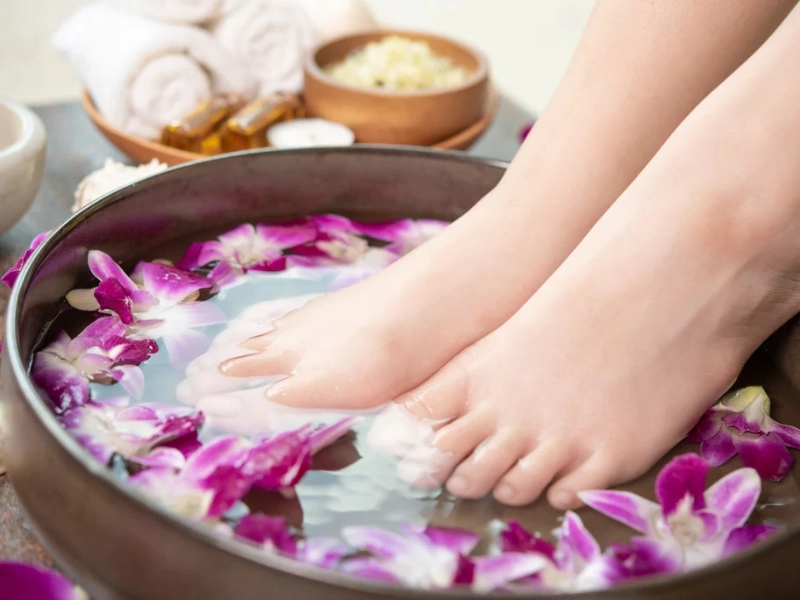2. Understanding Foot Anatomy for Better Massage

Giving a good self-massage depends on a complete awareness of foot anatomy. Comprising 26 bones, 33 joints, and more than 100 muscles, tendons, and ligaments, your feet are complicated constructions. There are three primary divisions to the foot: the forefoot—including the toes—the midfoot—including the arch—and the hindfoot—including the heel. For best effect in each of these locations, distinct massage techniques are needed. Often a cause of irritation, the thick band of tissue running around the bottom of the foot—the plantar fascia—should be especially targeted. Knowing where reflex zones and main pressure points are located will improve your massage approach. For reflexology, for instance, the ball of the foot corresponds to the chest area; the arch connects internal organs. Knowing these anatomical landmarks lets you more precisely target particular locations. Furthermore, knowing the linked character of foot mechanics enables you to see how tightness in one place could affect other areas of the foot and even influence your general posture and stride. This anatomical understanding lets you modify your massage approach depending on your particular demand and any areas of difficulty.
